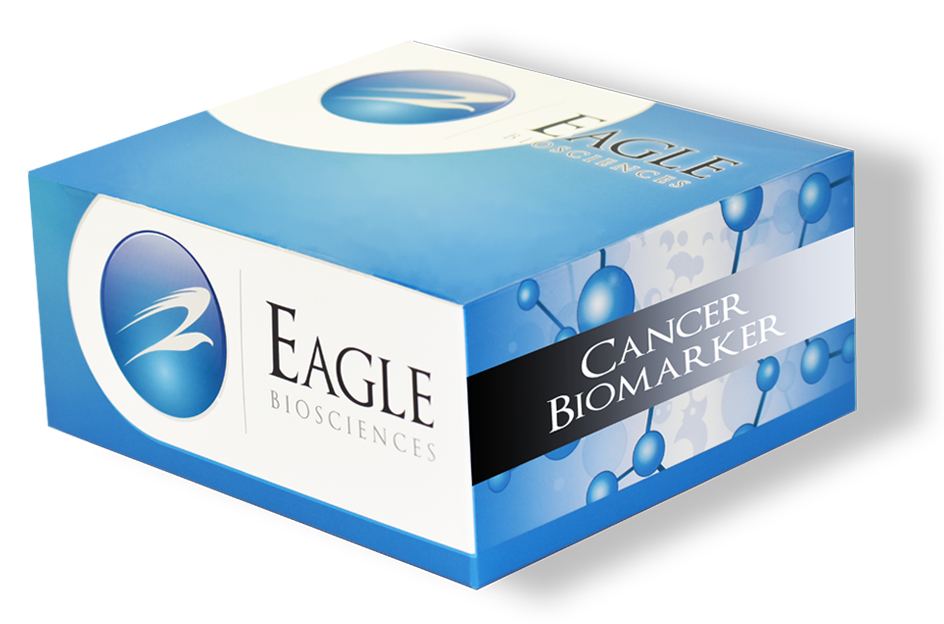Swine TNF-Alpha ELISA Assay
The Swine TNF-Alpha ELISA Assay is For Research Use Only
Size: 1×96 wells
Sensitivity: 15 pg/mL
Dynamic Range: 31.25 – 1000 pg/ml
Incubation Time: 3 hours
Sample Type: Serum, Plasma, Cell Culture
Sample Size: 100 µl
Alternative Names: Porcine Tumor Necrosis Factor alpha, Porcine TNF-a, Porcine TNF-alpha, Swine TNF-a, Swine Tumor Necrosis Factor alpha
Assay Background
Tumor necrosis factor alpha (TNF-alpha), also known as cachectin, is a member of the TNF ligand superfamily and has been designated TNFSF1A. It binds to the same cell surface receptors, and shares some biological functions with TNF-b/TNFSF1B. TNF-alpha inhibits the growth of certain tumors. It also plays a critical role in normal host resistance to infection, serving as an immunomodulator and as a mediator of inflammatory responses. Over-production of TNF has been implicated in a number of pathological conditions, including cachexia, septic shock, and autoimmune disorders. TNF-alpha is produced primarily by activated macrophages. Various other porcine cell types, including NK cells, keratinocytes, vascular smooth muscle cells, and granulosa lutein cells are also known to produce TNF-alpha.
The porcine TNF-alpha gene product is a 232 amino acid (aa) residue type II membrane glycoprotein containing a 35 aa cytoplasmic domain, a 21 aa transmembrane domain and a 178 aa extracellular domain. The 156 aa residue soluble TNF-alpha is released from the C-terminus of the membrane protein by TNF-alpha converting enzyme (TACE, ADAM17), a member of the ADAM (a disintegrin and metalloprotease domain) family of metalloproteases. The biologically active TNF-alpha has been shown to exist as a trimer. Porcine TNF-a is active on mouse cells and shares 89% and 79% aa sequence identity with human and mouse TNF-alpha, respectively. Two distinct TNF receptors, referred to as type I (type B, p55, or TNFRSF1A) and type II (type A, p75, or TNFRSF1B), that specifically bind TNF-alpha and TNF-beta with equal affinities are known. The two TNF receptors share aa sequence homology in their extracellular but not their cytoplasmic domains, suggesting that the two receptors employ different signal transduction pathways. Soluble forms of both types of receptors have been found in human and mouse serum.
These soluble receptors are capable of neutralizing the biological activities of the TNFs and may serve to modulate the activities of TNF. Porcine TNF RI shares 79% and 72% aa homology with the human and mouse TNF RI, respectively.


